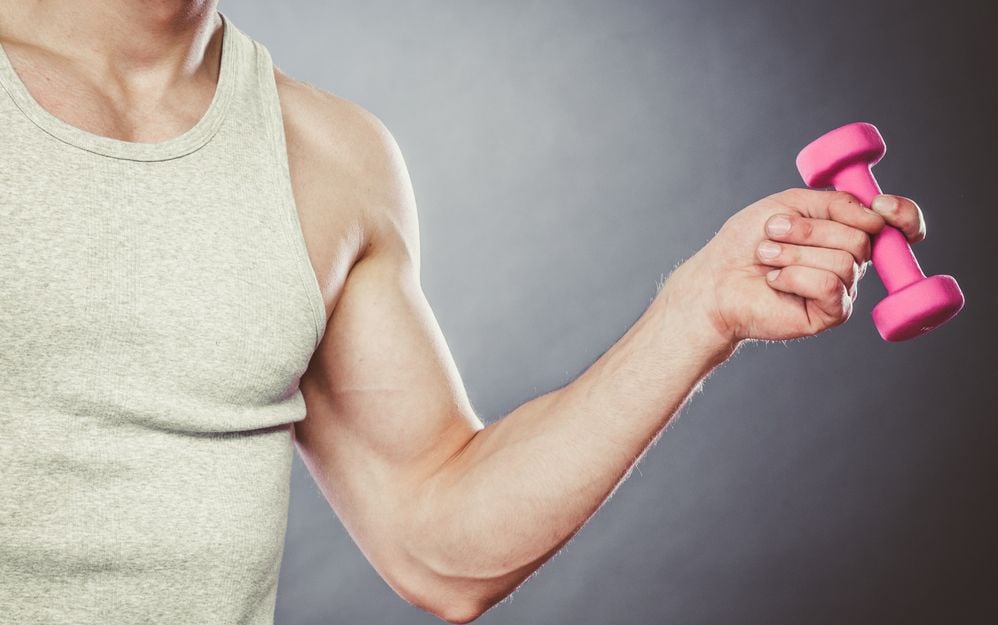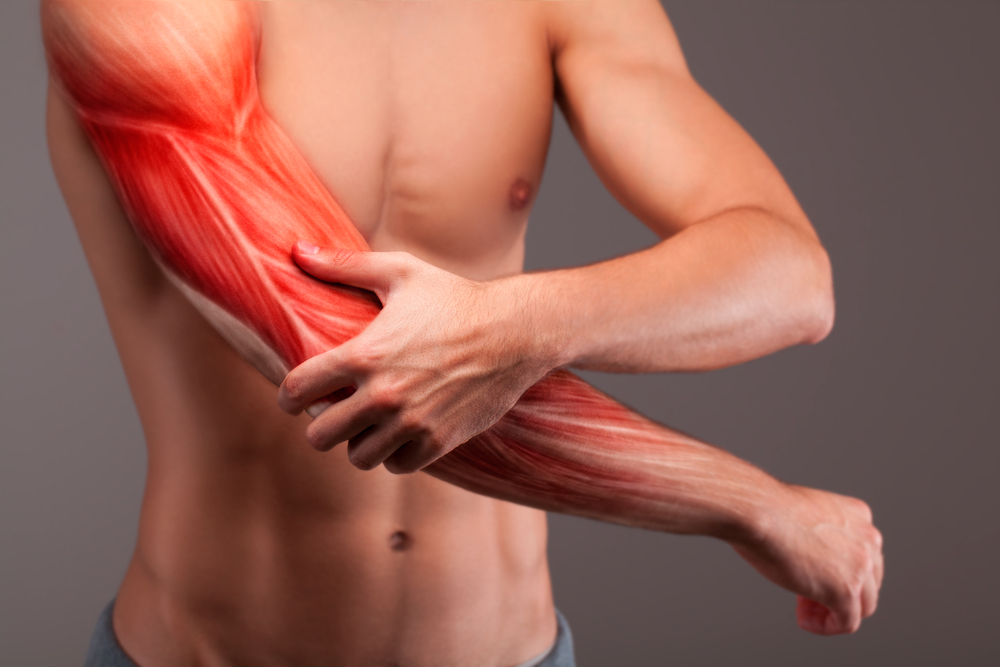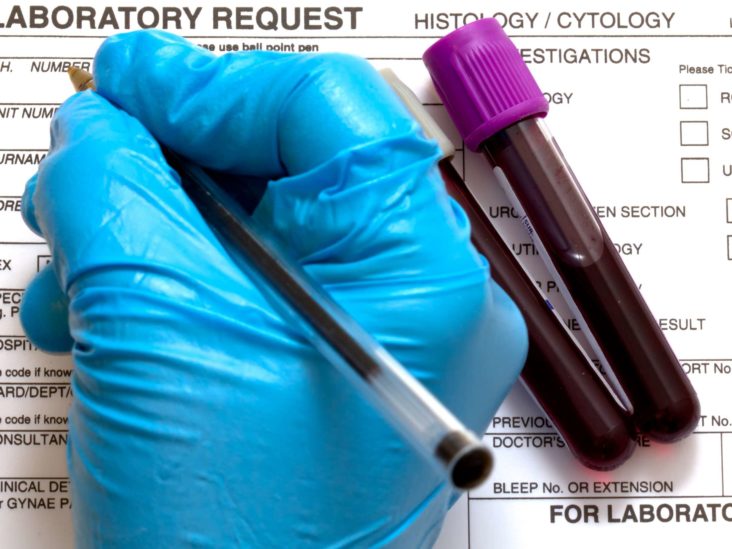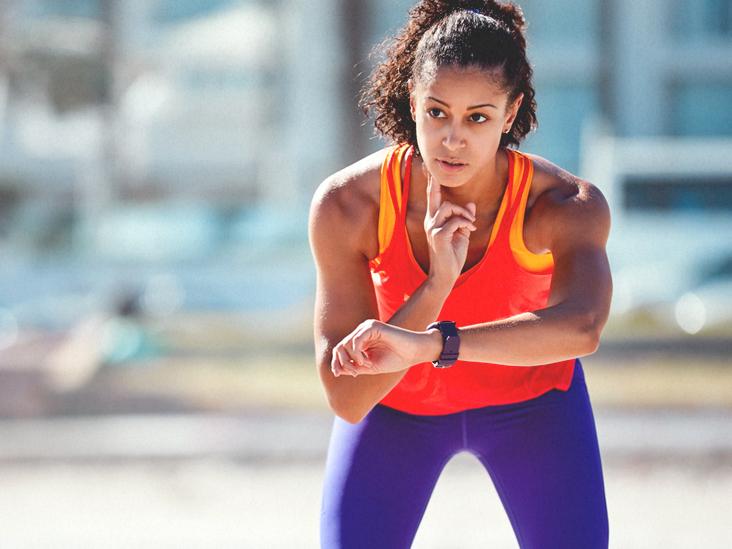Training sore can be a terrible idea. But sometimes it’s exactly what you need to do. Learn how to maximize muscle mass based on soreness levels.
What Is Delayed Onset Muscle Soreness?
Also known as DOMS or just soreness. But before we dig deeper, let’s discuss a couple of similar sensations. Some may group all training discomfort as soreness. Though that’s rarely the case.
The burn – the burning sensation you feel when you do a lot of reps with a relatively light weight. Usually in the 15-30 rep range. You’ll also have to get close to failure by the end of the set. That’s usually aerobic work resulting in a rapid accumulation of metabolites. The burning sensation is caused by hydrogen ions. It peaks at the end of a set and may persist for another minute or two.
Muscle cramps – strong, unpleasant contractions or tightening of a muscle. May happen after performing a certain movement or activity. Rarely lasting more than a minute. Suggested causes include electrolyte imbalance and dehydration Or due to unregulated motor neuron activity caused by fatigue.
Delayed onset muscle soreness (DOMS) – muscle weakness, tenderness, and discomfort 8 to 48 hrs after performing an activity. People also report feeling stiff. The resulting pain and inflammation are mostly due to muscle micro-trauma. Usually the result of doing a novel or strenuous exercise. Especially when the muscle is stretched by significant external forces (load, cables, etc). That’s the eccentric portion of most lifts.
What’s the Difference Between Soreness and Pain 
Soreness is often associated with pain. However, feeling pain after training is not always a sign of DOMS. Here’s how to tell the difference:
- Soreness usually occurs much later after performing an exercise.
- DOMS affects only the muscle, but not the joints.
- Only muscles that have been trained get sore.
- As your body adapts to a novel stimulus soreness decreases over time.
- If most of the tension is generated when the muscle is contracted the chances of getting sore are low (e.g. leg curl or leg extension)
- If most of the tension is generated when the muscle is lengthened the chances of getting sore are high (e.g. Romanian deadlift or barbell squat)
If you feel pain during or immediately after an exercise that’s not a good sign. You may be dealing with an injury. Or on your way to getting injured. Review your form or change the exercise if it’s not well suited for you.
Important: people experience soreness to a different degree. Individual muscles also react differently. The same is true for exercises. Some cause DOMS easier than others. Training experience and muscle development also change how resistant you are to soreness.
Is DOMS an Indicator of a Good Workout?
You don’t have to be sore after a workout to see results. Too many variables affect DOMS without having an impact on muscle growth.
For example, you can do the same training program as someone else. They may get super sore but barely grow. While you can make great gains and never experience the same level of DOMS.
However, a good workout should lead to some soreness. If you don’t feel anything after your workouts, those sessions are probably not sufficiently challenging. Though excessive DOMS should never be your goal.
Soreness is usually associated with inflammation and a high number of damaged cells. Extreme DOMS compromises muscle growth. More time and resources are needed to replace affected cells. Instead of focusing on building new muscle the body is in “repair mode”.
Also, DOMS may affect performance. If you can’t train properly you won’t get much muscle growth. Progress slows down. And in some cases, you may even experience muscle loss.
Extreme Muscles Soreness: How Much Is Too Much?

Proper performance is a top priority. It’s okay if a muscle gets pretty sore. But it should be recovered enough to maintain normal performance by the time you train it again. This means being able to manage your normal weights, reps, and sets. If you can’t do that you probably overdid it.
Normally, major muscles should be trained every couple of days. A well-optimized program alternates training fresh and fatigued muscles.
For example, you can hit the chest on Monday. Let those muscles recover on Tuesday. Focus on the back instead. By Wed the chest is ready for another workout. But back muscles need until Thursday to heal enough of the damage.
In practical terms, avoid being sore for more than 2-3 days. The only exception is if you can’t train a muscle group more than 1-2 times a week. This means recovery time is less of an issue.
What’s the Ideal Level of Stiffness and Weakness?
Most of the time you should get at least a bit sore. It’s normal for DOMS to last up to 2 days after training a muscle. You can be sore for longer. But your next workout shouldn’t be affected.
Programmed light weeks or days naturally result in less soreness. Certain demanding workouts might lead to intense DOMS. A good program balances that by following light training with hard training. Or letting you recover properly after overreaching periods.
Are You Wasting Your Time in the Gym If You Never Get Sore?

Muscle soreness is not the best sign of muscle growth. DOMS magnitude and time course are not accurate ways to measure workout effectiveness. However, the complete lack of soreness may indicate subpar results.
What Does It Mean If You’re Not Sore Anymore After Training?
Maybe training is not sufficiently challenging. Or you’ve adapted completely to your current workout plan. Both scenarios indicate the same thing. Training doesn’t cause the needed homeostatic disruption to grow bigger.
If you don’t feel anything after a workout, change how you train. Push yourself harder. Do more sets or reps. Check your technique. Make sure you stimulate the target muscles properly. Switch up the exercises to introduce new stimuli.
Bottom Line: How Sore Should You Be After a Workout?
Enough to have a reminder you trained a muscle 1-2 days ago. But not so much that your daily activities are affected negatively. You should be able to train properly next time you hit the same muscle.
When Is It OK to Exercise with DOMS?

If you have crippling DOMS you should stay away from exercise. Rest and postpone your next workout. However, if things are not that bad it’s okay to train.
How to Work Out When You’re Still Sore From the Last Workout
Working out when sore is not always a bad idea. Even if performance is affected it’s good to move and engage the affected muscles. That helps recover faster. Use light weights. Do fewer reps and sets if you have to. Have an easy session. The goal is to get the blood pumping.
And if performance is unaffected, train as usual. No need for changes. However, if DOMS is a constant issue you may have to rethink your training program.
How to Relieve Sore Muscles After an Intense Workout?
Here are the most common solutions. Note that things like massage and drugs treat the symptoms, but don’t affect recovery time.
- Sleep and rest – your body already knows how to recover. You don’t need to do anything extra. Doing less will help improve recovery time. The body can prioritize DOMS when there are no other stressors.
- Stay active without causing too much discomfort – that helps increase blood flow to the affected areas. Blood is rich in nutrients and other compounds that help with recovery.
- Eat whole foods, especially protein – recovery and growth require nutrients. Muscles are made out of protein. So you shouldn’t starve yourself.
- Heat therapy – improves blood flow and helps speed up the recovery processes. But no crazy benefits there. Staying lightly active is still a better option.
- Massage and foam-rolling – no notable effect on recovery. However, you can try massaging to reduce the pain and feeling of stiffness. Also, there are no side effects.
- Cold therapy – helps with swelling and excessive inflammation. It reduces blood flow. Not a viable option if there’s no swelling. It may actually slow down recovery.
- Pain and anti-inflammatory medication – only if you’re dealing with a lot of pain and excessive inflammation. Most drugs don’t help with recovery and may have side effects. They don’t fix the problem but do help treat the symptoms.


